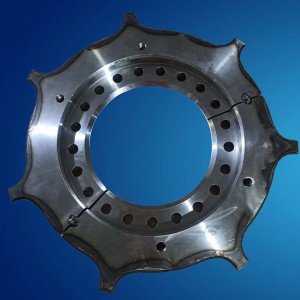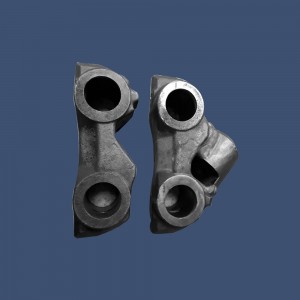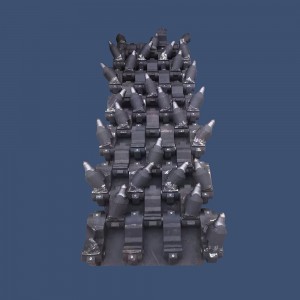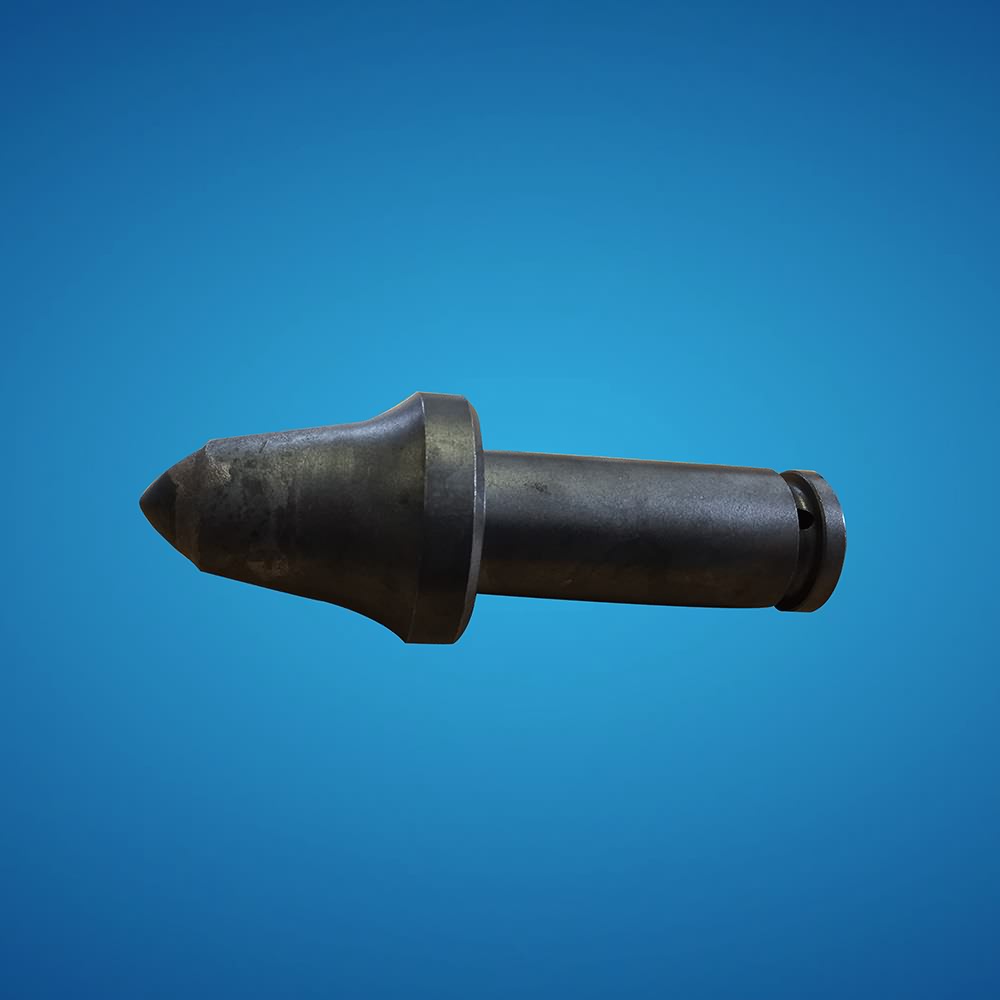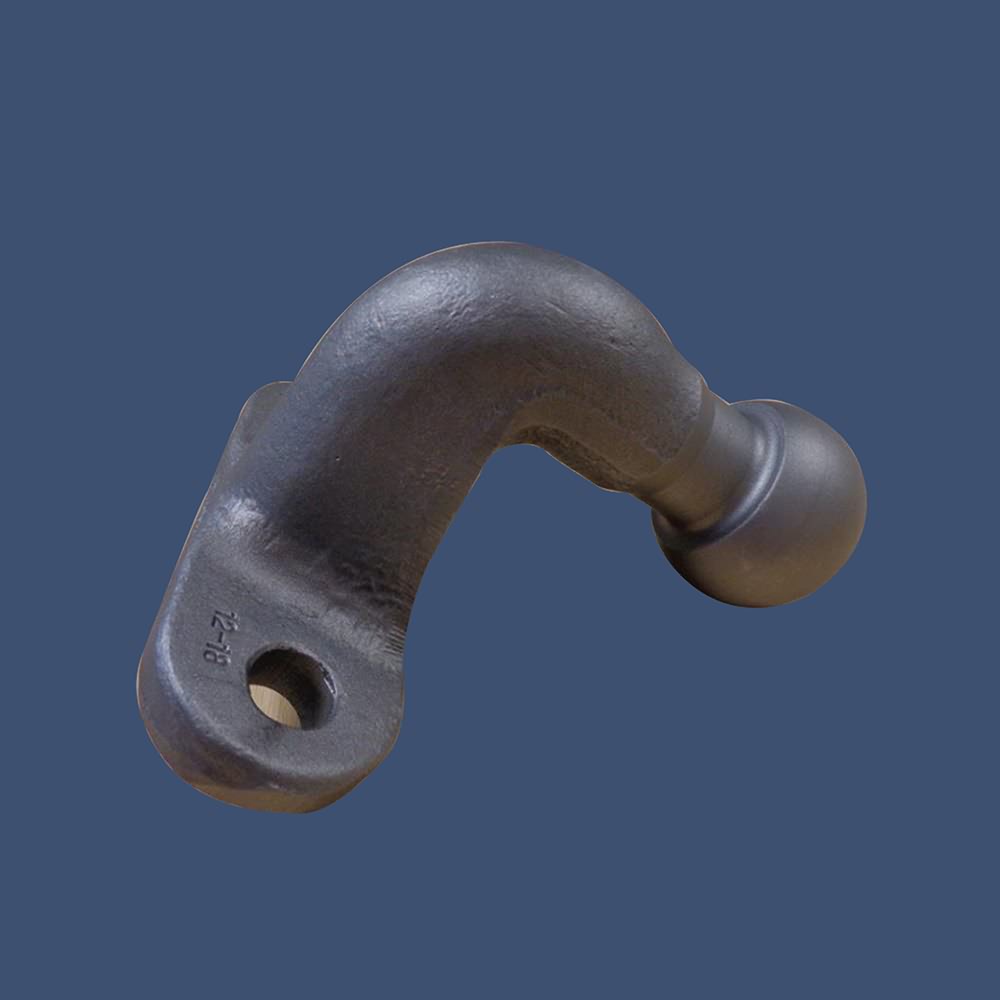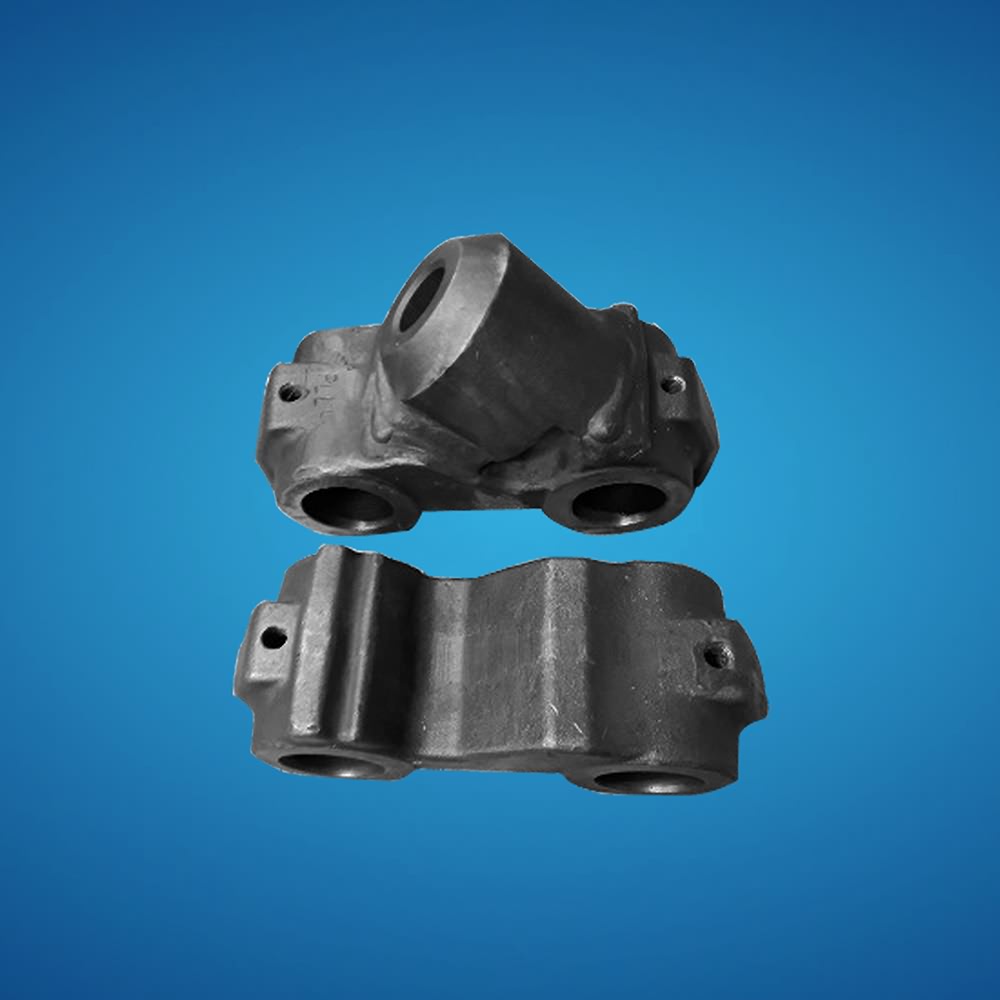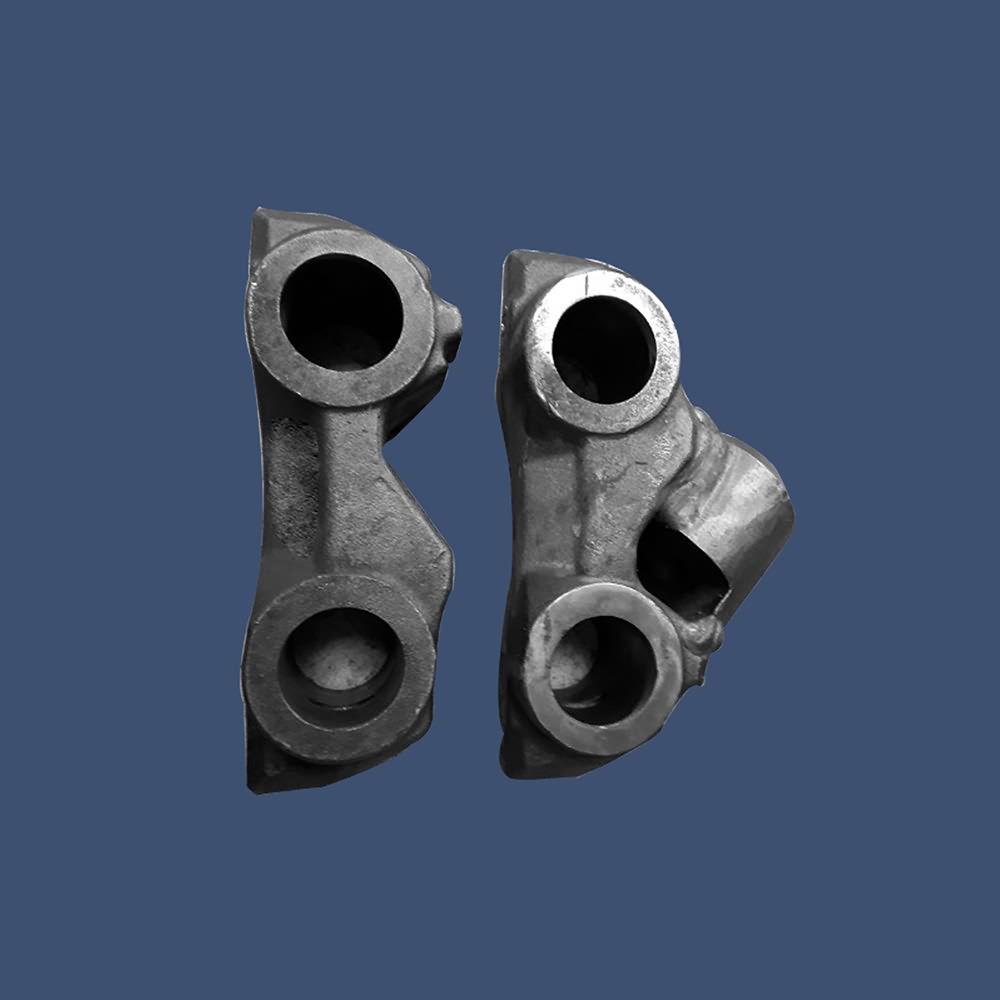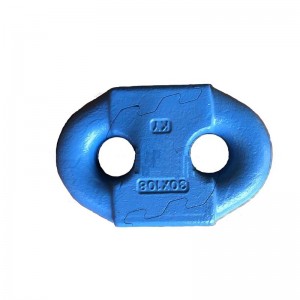Forging parts
Material: carbon, alloy and stainless steels; very hard tool steels; aluminum; brass and copper; and high-temperature alloys
Processing: Die forging or free forging
Weight:1-1000KG
Processing capacity: Diameter 10mm-6000mm
Forging is manufacturing process where metal is pressed, pounded or squeezed under great pressure into high strength parts known as forgings. The process is normally (but not always) performed hot by preheating the metal to a desired temperature before it is worked. It is important to note that the forging process is entirely different from the casting (or foundry) process, as metal used to make forged parts is never melted and poured (as in the casting process).
The forging process can create parts that are stronger than those manufactured by any other metalworking process. This is why forgings are almost always used where reliability and human safety are critical. But forging parts can rarely be seen because normally the parts are assembled inside of machinery or equipment, like ships, oil drilling facilities, engines, automobiles, tractors, etc.
The most common metals that can be forged include: carbon, alloy and stainless steels; very hard tool steels; aluminum; titanium; brass and copper; and high-temperature alloys which contain cobalt, nickel or molybdenum. Each metal has distinct strength or weight characteristics that best apply to specific parts as determined by the customer.
Forging is categorized into hot forging, warm forging and cold forging in terms of temperature.
While according to its forming procedures, forging can also be classified as free forging, die forging, and special forging.
Forging parts are widely used in industries like air plane, diesel engine, ships, military, mining industry, nuclear power, oil&gas, chemical, etc.


